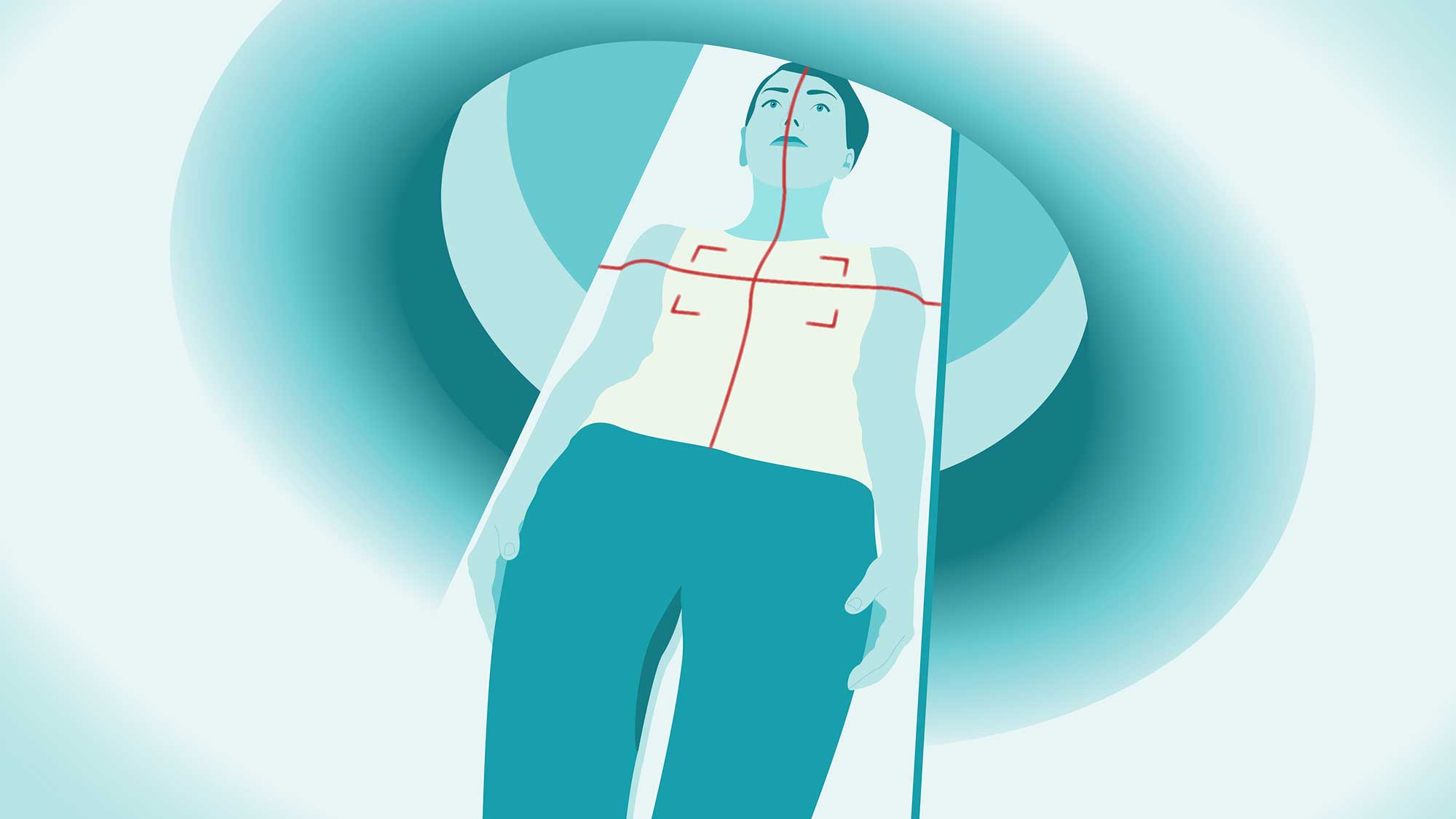Tony Horton: From P90X to Peak Fitness at 66
At 66 years old, fitness pioneer Tony Horton, the mastermind behind the iconic P90X workout program, has declared that he is in the best shape of his life. This remarkable transformation comes after he made significant adjustments to his exercise regime, focusing on lower intensity workouts and increased mobility. Horton credits these changes for not only enhancing his physical health but also for improving his overall well-being.
Horton first launched P90X in 2005, which rapidly became one of the best-selling home workout programs globally, selling over 3.5 million copies. The program was celebrated for its intense, circuit-style training that combined explosive movements with core-strengthening exercises, making it a favorite among fitness enthusiasts.
Over the years, Horton cultivated a diverse clientele that included celebrities such as Tom Petty, Usher, Rob Lowe, and Billy Idol. However, his life took a challenging turn in 2017 when he was diagnosed with Ramsay Hunt syndrome, a rare neurological disorder linked to the shingles virus. This condition can lead to facial paralysis, severe ear ringing, and potential hearing loss, which prompted Horton to reevaluate his fitness approach.
In response to his diagnosis, Horton decided to modify his workout routine significantly. He moved away from the traditional high-intensity exercises that defined his earlier career and embraced a strategy that prioritized recovery and stress management. âI needed to add mindfulness components to my regular routine,â Horton explained in an interview. His new philosophy included allowing himself to rest, listening to music, taking guilt-free naps, and spending quality time with family.
The results of these changes have been astounding; Horton reports feeling more vibrant than ever, ready to tackle new physical challenges. Recently, he enjoyed a six-day skiing trip in Jackson Hole, Wyoming, something he admits would not have been possible in his 20s or 30s. âI couldn't do that in my 20s and 30s,â he reminisced.
Horton's current fitness venture involves training for Ninja Warrior style obstacle courses, which include navigating ropes, tackling high bars, and mastering the challenging 'salmon ladder' at his well-equipped home gym in Southern California. This gym is accessible as part of the Paragon Experience event scheduled for May, offering fans a unique opportunity to engage with Hortonâs fitness philosophy firsthand.
To maintain his health into his 60s and beyond, Horton has adopted a flexible, predominantly plant-based diet. Around the time of his health scare, he experimented with veganism, discovering that it significantly increased his energy levels and improved recovery post-exercise. While Horton isnât strictly vegan now, he incorporates a wide array of whole, plant-based foods into his diet, emphasizing the importance of nutrition for healthy aging.
A typical day for Horton includes meals rich in nutrients: he starts with seed bread topped with almond butter for breakfast, enjoys a protein smoothie with berries and banana post-workout, and relishes lentil tacos for lunch and dinner. He believes that maintaining a flexible dietary approach helps him avoid feelings of deprivation, allowing him to indulge occasionallyâbe it elk steaks during ski trips or warm chocolate chip cookies. âStick to your plan 80% to 90% of the time and every once in a while, enjoy that big beautiful chocolate chip cookie right out of the oven,â he advises.
As he ages, Horton emphasizes the importance of mobility and balance training, shifting his focus from merely building muscle to enhancing overall longevity. He still engages in strength training when it feels appropriate but incorporates a higher volume of yoga and bodyweight exercises like 'animal flow,' which emphasizes agility and fluid movement. âBalance, range of motion, flexibility, and speed work are as essential as lifting weights,â Horton asserts.
Staying active also involves creative activities such as slacklining, a unique way to develop balance and stability. He advocates for consistency in exercise, suggesting daily physical activityâeven something as simple as an eight-minute walkâas a crucial component of long-term health. âIt doesnât have to be a lot, but it has to be consistent,â he explains, likening it to the habitual management of oneâs finances.
Finding new challenges is another key element in Hortonâs strategy for remaining youthful and energized. He recalls how his journey into obstacle course training began after he was humbled by a simple rope climb. Rather than letting this setback discourage him, he recognized it as an opportunity for growth and embraced the challenge. âThe reason I fell in love with it was that it provided another level of challenge. Who cares if I fall or fail? Turn your ego off,â Horton advised, showcasing his commitment to personal growth and resilience.
















